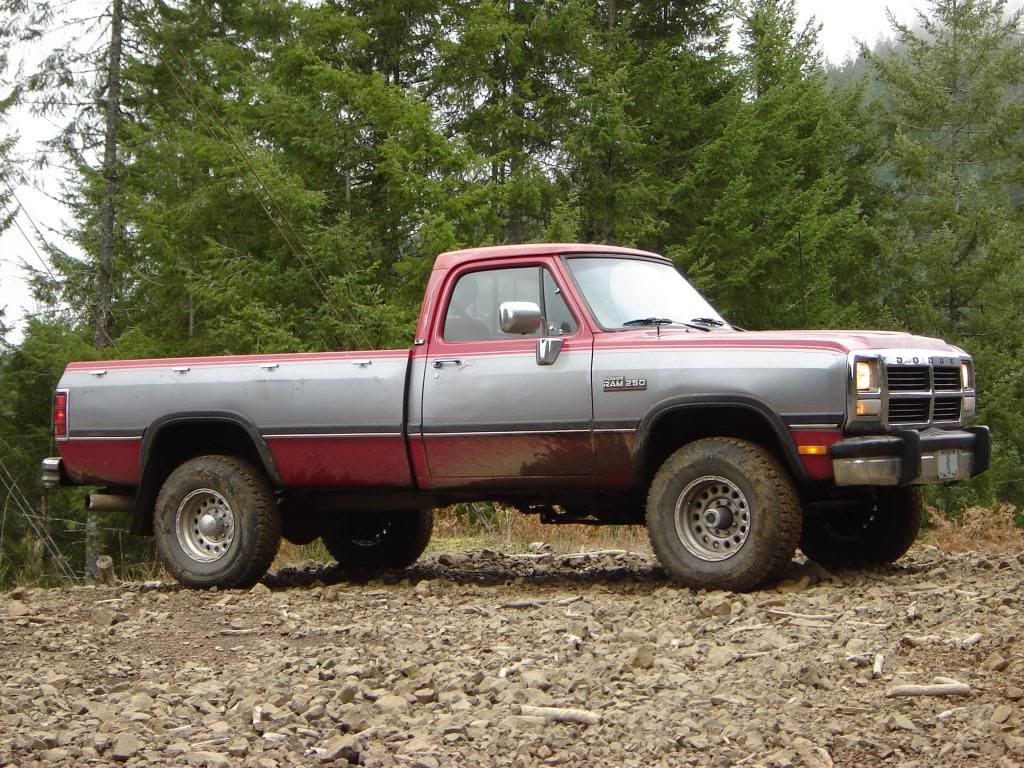Actually that's not true. Ideally they don't want to be spun more than about 2800 RPM's. They have a governed limit at 3600 but you will find very few that survive repeated hits anywhere near that mark. Big problem is cracking main webs and cranks. If you can gear things up to keep them in the sweet spot of 2200-2400, they will run just about forever but they don't like high RPM.
Out of the box, Cummins appears to be a lower RPM limit but that limit was more place for warranty purposes. These can run up to 4100 if the limiter is removed but after that they can become ticking time bombs. They are way stronger blocks that will run all day long at 3500 RPM, if you have things setup to allow it.
This is based on the research I have done, with currently owning both.





